Neo-Boston
"Its like something pushing on a screen door, trying to get in."
Neo-Boston is a city of contradictions, where cutting-edge technology collides with old-world history, and the future is both exhilarating and terrifying. It is a city built on ambition and desperation, where towering arcologies pierce the sky while the undercity festers with crime and secrecy.
Once a bastion of academia and revolution, Boston was transformed into Neo-Boston after the Black Tide Catastrophe, a disaster that reshaped its landscape and thrust it into corporate dominance. The megacorporations—led by NovaGen, MacroTech, and Tesota—stepped in as saviors, offering unparalleled advancements in cybernetics, energy, and security. In exchange, they seized control of the city's infrastructure, turning it into a dystopian sprawl where every breath, every byte of data, and every step is monitored.
Aspects:
Always Raining
Wyrdness capital of the world
Something under the surface
Yet, resistance brews. Underground movements, rogue AIs, and mythic forces lurk beneath the surface, challenging corporate supremacy. The city is a battleground of power, rebellion, and survival, where myths are not just whispered stories but forces reshaping reality.
Demographics
Neo-Boston's demographic landscape has been reshaped by corporate migration, the Pacific Collapse, and economic stratification, creating a city of diverse cultural enclaves and deep social divides. While the White population remains the largest single demographic, it has been steadily declining, as waves of Asian immigration and internal migration from Latin America have redefined the city's makeup.
Updated Demographics
- White: 42.5% – Still the largest demographic, but steadily losing ground as corporate expansion and global migration shift the population balance.
- Asian: 32.5% – Rapidly growing, driven by PAC corporate relocations, skilled labor migration, and refugee influx from the Pacific Collapse. The Jade District and corporate enclaves house many high-skilled workers.
- Hispanic/Latino: 22% – Increased due to corporate-sponsored workforce migration and a strong presence in industrial sectors. The Southie Warrens and outer districts see large Hispanic communities.
- Two or More Races: 16% – The city's cyberpunk melting pot has led to a rising mixed-heritage population, particularly in areas like The Grid, where diverse cultures and augmented communities thrive.
- Black or African American: 12% – Maintaining a presence, especially in The Velvet District and Roxbury, but facing increased economic displacement and corporate gentrification.
- Other Races: 6% – A mix of smaller immigrant communities, corporate-sponsored enclaves, and undocumented populations living on the fringes.
- Native American: 1% – Small but resilient communities tied to historic New England tribal nations, many living in the shadows of corporate expansion.
- Native Hawaiian or Pacific Islander: 0.5% – Representing displaced island populations following the climate-related submersion of the Pacific islands.
Districts
Neo-Boston is a sprawling megalopolis, fractured into corporate enclaves, slums, and autonomous zones. The city is built around the remnants of old Boston, expanding upward into gleaming corporate towers and downward into abandoned tunnels and submerged ruins.
The Corporate Arcologies
The corporate heart of Neo-Boston. Towering arcologies house the elite, their security forces, and their research facilities. The streets below are filled with luxury, deception, and the machinations of executives who think themselves gods.
The Industrial Wards
A landscape of factories, refineries, and cybernetic sweatshops, controlled by rival megacorps vying for dominance. This is where the working class toils, augmented and discarded as needed.
The Underground and The Tides
Beneath the city lies a labyrinth of collapsed subway tunnels, abandoned labs, and forgotten tech. The Tides, a post-disaster quarantine zone, remain infested with Aurorium-mutated horrors and rogue AI experiments.
History
Neo-Boston: A City of Old Shadows and New Neon
Before it became the corporate sprawl of Neo-Boston, the city was a place where history, academia, and old-world mysticism converged. Founded in 1630, Boston was one of the oldest cities in America, a cradle of revolution, intellectualism, and industry. But beneath its well-documented history lay secrets older than the republic itself. Not far from Boston, Salem's infamous witch trials were more than just puritan paranoia—they were the last gasps of an occult war that had raged in the shadows. Hidden cabals of mystics, descendants of pre-colonial secret societies, fought to protect knowledge best left forgotten, while others sought to harness the Mythos for their own ends. Even as Boston became a beacon of reason and progress, its streets whispered of forbidden texts hidden in Harvard’s archives, cults that never truly died, and ley lines buried beneath cobblestone paths. The arrival of industrialization only deepened these mysteries, as hidden rituals adapted to modern times, lurking within fraternal orders, masonic lodges, and corporate boardrooms.
Boston’s rise to prominence was swift. The city became a hub of maritime trade, a seat of American independence, and eventually, one of the nation’s leading centers for finance, biotechnology, and artificial intelligence. It was in Boston’s labs that early neural interfaces were prototyped, where cybernetic research first blended with quantum computing, and where the first glimpses of artificial consciousness emerged. But even as the city surged into the future, something old and watching remained beneath it. The waters of the Charles River had long whispered secrets, and the Miskatonic archives in nearby Arkham held texts that warned against reckless progress. Whether the great corporations of Neo-Boston truly understand what they’ve built their empires upon is unclear, but what is certain is that some forces were never meant to be unearthed.
The Economic Collapse & Rise of Corporate Rule
About 30 years ago, rampant government corruption and fiscal irresponsibility triggered a global economic collapse. Decades of reckless spending, political graft, and central bank mismanagement led to massive hyperinflation, making government-backed currency worthless. Public trust in traditional banks and national economies crumbled, and people turned to cryptocurrency as an alternative. What started as a financial rebellion became a full-scale shift in global power—corporate-backed cryptos replaced national currencies, and governments, unable to fund basic services, ceded control to the very corporations they once regulated.
In Neo-Boston, this change was absolute. The city’s infrastructure, law enforcement, and public services were privatized, sold off to megacorporations that turned entire districts into corporate assets. With CorSec and Aegis Enforcement replacing traditional police, security now serves shareholders, not citizens. If you don’t operate within a corporate-backed financial system, you’re locked out of the economy entirely. The last remnants of government exist as puppets, maintaining the illusion of democracy while the true rulers sit in glass towers, controlling every transaction, resource, and life in the city.
The Black Tide Catastrophe: Neo-Boston’s Reckoning
Neo-Boston's transformation into the hyper-industrialized megacity of today began with the Black Tide Catastrophe—a disaster that reshaped the city’s geography and power structure overnight. A deep-sea tectonic event off the Massachusetts coast ruptured a hidden reservoir of Aurorium, an energy-rich mineral, triggering a tsunami that devastated Revere, Winthrop, and the communities north of Boston. The floodwaters were contaminated with Aurorium, leading to mutations in organic life and corrupting cybernetic systems, creating zones of intense instability. Entire neighborhoods were abandoned or quarantined, and survivors were forcibly relocated to newly constructed corporate districts.
Seizing the moment, NovaGen—one of the most powerful megacorporations—stepped in under the guise of rebuilding. They took control of the Aurorium Belt, monopolizing the mineral’s extraction and research while turning the affected districts into corporate-run zones. Rumors persist that NovaGen knew about the Aurorium before the disaster—and may have triggered the event to consolidate their powerNeo-Boston.
The Second Chinese Civil War & Its Impact on Neo-Boston
The Second Chinese Civil War was a brutal, prolonged conflict that erupted within the Pacific Alliance Coalition (PAC) as factional infighting, corporate-backed insurgencies, and AI-driven warfare fractured China’s once-unified power structure. What began as political and economic tensions escalated into an all-out collapse, as rogue megacorporations, breakaway military generals, and cyber-warfare collectives vied for dominance. Entire megacities fell into chaos, infrastructure crumbled, and millions were forced to flee as automated security forces, paramilitary groups, and corporate-funded militias turned China into a battleground of shifting allegiances and proxy wars. While PAC maintained its hold over much of the region, China itself became a fragmented, unstable warzone, its people displaced, divided, and desperate for refuge.
Boston, already a prime destination for corporate relocations, saw a massive influx of Chinese expatriates, technocrats, and refugees, many of whom were absorbed into the Jade District. Those with corporate ties secured high-ranking positions in tech firms, cybernetics industries, and private security, reinforcing Neo-Boston’s status as a global power. Meanwhile, waves of displaced civilians flooded the city’s lower districts, leading to overcrowding, black-market economies, and tensions between unregistered refugees and corporate-backed elites. The Triads and other underground networks grew in power, offering protection and illicit work to those abandoned by the system. While Neo-Boston gained a new influx of talent, culture, and economic influence, it also became a pressure cooker of unrest, as those who fled one warzone now found themselves trapped in a city ruled by corporate tyranny instead of government oppression.
Geography
Neo-Boston is a fractured metropolis, built atop the remnants of Old Boston, reshaped by disaster, corporate expansion, and the relentless march of technology. The Charles River still winds through the city, but its banks are now lined with flood barriers, industrial spires, and neon-lit corporate zones, while toxic runoff from Aurorium refineries stains its waters. To the east, the once-thriving Boston Harbor has been drastically altered by the Black Tide Catastrophe, which submerged large portions of East Boston and Chelsea, leaving behind the Tides Quarantine Zone, a lawless, mutated wasteland.
Further inland, Beacon Hill and the Back Bay highlands remain some of the last elevated safe zones, now converted into fortified corporate enclaves where the elite maintain their grip on the city. The South Boston Docks and the Seaport District have become a bustling corporate trade hub, heavily patrolled by CorSec and rife with black-market activity beneath its gleaming exteriors. Meanwhile, much of the city's lower-lying districts, like Roxbury and Dorchester, are filled with sprawling cybernetic slums and dense urban sprawl, controlled by gangs, underground mercenaries, and rogue AI networks. The northern edges of the city lead into the industrial ruins of Everett and Malden, where old-world infrastructure decays alongside bleeding-edge experimental tech facilities.
At its heart, Neo-Boston is a city of stark divides—where high-tech enclaves overlook flooded ruins, and corporate towers cast shadows over the streets below.
Climate
Neo-Boston’s climate has become harsh, erratic, and increasingly hostile, shaped by climate change, industrial pollution, and lingering atmospheric effects from the Black Tide Catastrophe. Once known for its crisp New England seasons, the city now endures brutal, wet summers choked with humidity and acid rain, followed by long, bitter winters where subzero temperatures and violent nor’easters slam into the coastline. The Charles River and Boston Harbor frequently experience unpredictable flooding, worsened by rising sea levels and corporate land reclamation efforts. Air quality is perpetually poor, with thick haze and industrial smog rolling in from the Aurorium refineries and cybernetic factories that dominate the skyline. Most residents rely on air filtration masks or indoor climate control units to avoid the worst of the pollution. Electric storms, fueled by high concentrations of ionized aurorium particles in the atmosphere, flash through the city without warning, creating neon-blue lightning that dances across corporate high-rises. In Neo-Boston, the weather is as volatile and unforgiving as the city itself—another unpredictable force in a world where survival means adaptation.
Natural Resources
Offshore Aurorium Drilling and Powerplants
Neo-Boston sits on the largest known aurorium deposits along the North Atlantic seafloor, discovered after the Black Tide Catastrophe. This rare, heat-absorbent mineral is the foundation of the city's power infrastructure, cybernetic advancements, and experimental energy weapons. Corporate giants like NovaGen operate massive offshore drilling rigs and deep-sea extraction facilities, funneling aurorium into their fusion reactors and quantum computing hubs. While the resource has made Neo-Boston a technological powerhouse, its refinement has contaminated local waters, and leaks into the city’s infrastructure have triggered unexplained anomalies.
Bio-Engineered Agriculture & Hydroponics
With much of the traditional farmland lost to urban sprawl and climate shifts, Neo-Boston has turned to corporate-controlled hydroponic farms and gene-modified agriculture. Towering aero-farms in the Seaport District produce nutrient-rich algae, synthetic meats, and lab-grown crops that sustain the population. However, these resources are tightly controlled by corporate interests, leading to underground food markets and cyber-farm hacking to secure fresh produce outside corporate rationing.
Industrial Metals and Cybernetic Components
The industrial districts of Everett and Malden remain vital sources of salvaged metals, rare earth elements, and repurposed cybernetic components. Many of these materials come from old-world industrial ruins, scavenged shipyards, and decommissioned military facilities. Neo-Boston’s factories refine these materials into high-grade alloys for cybernetics, AI processing cores, and next-generation armaments. Meanwhile, black-market operations thrive on harvesting illegal augmentations and smuggling restricted cyberware out of corporate hands.

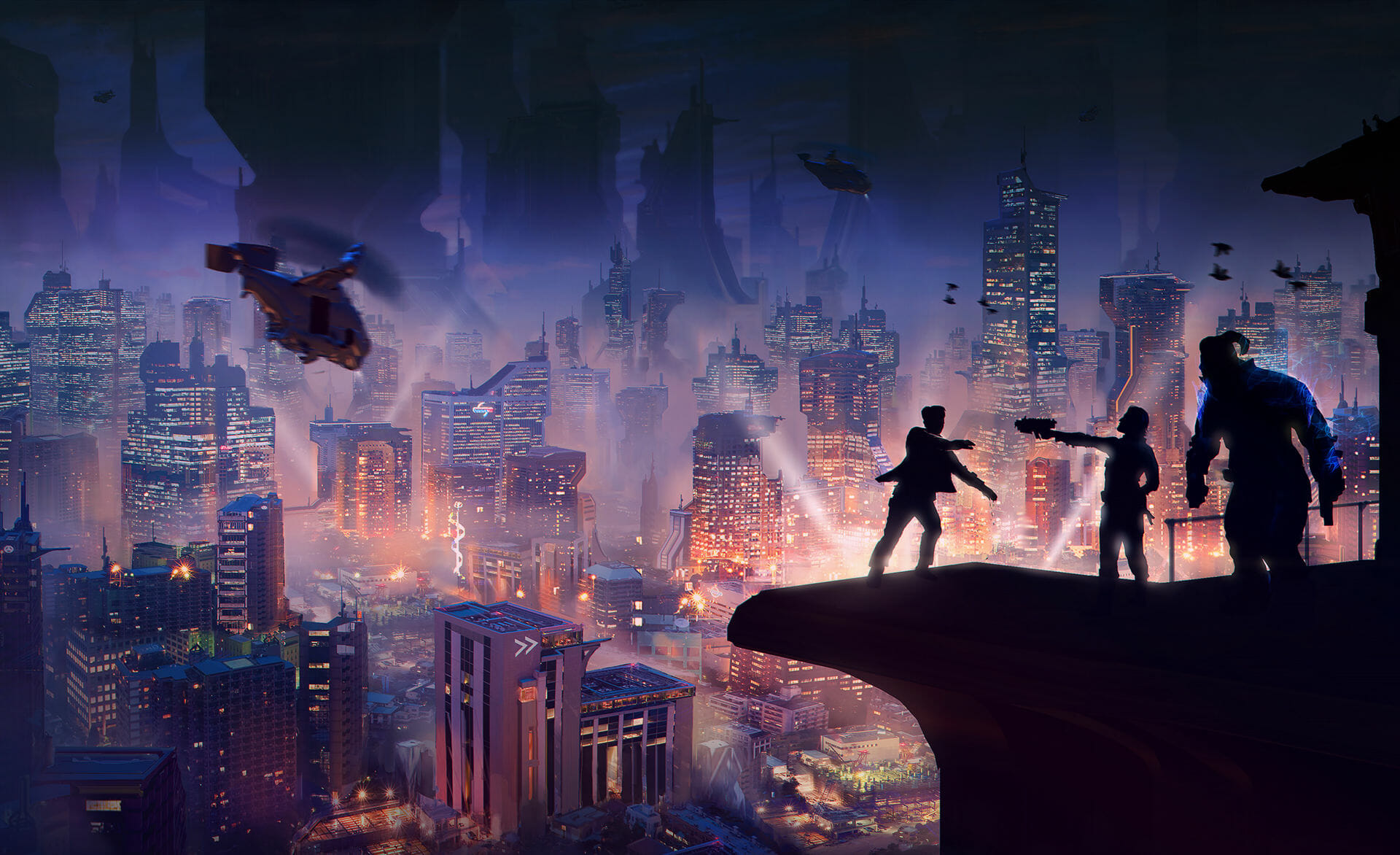
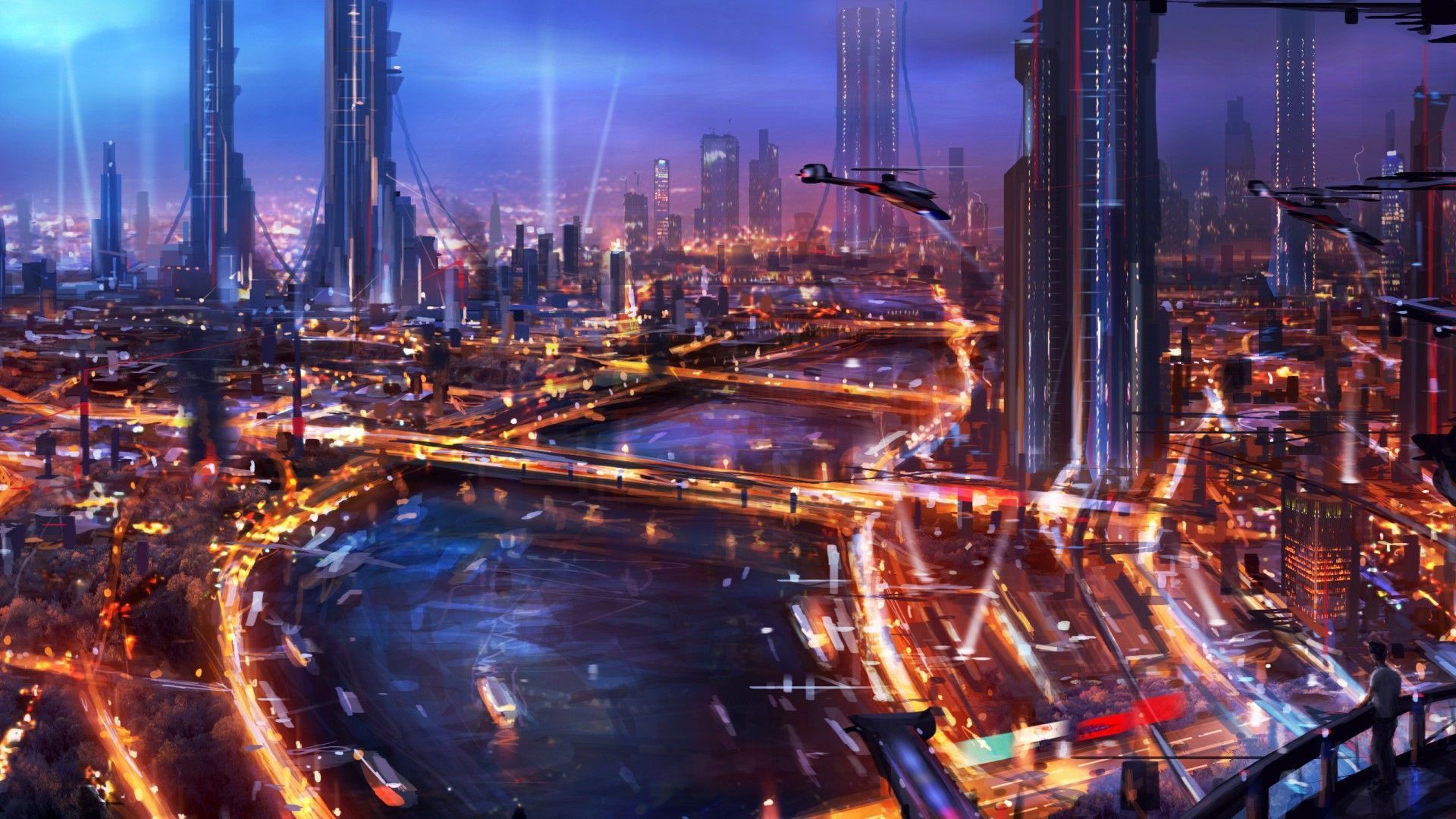
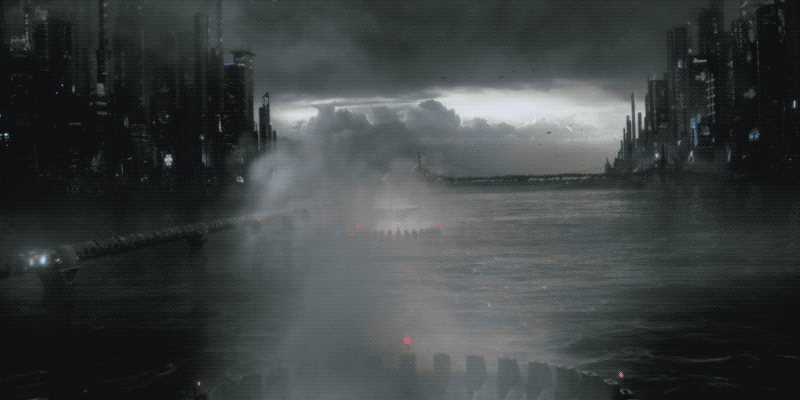


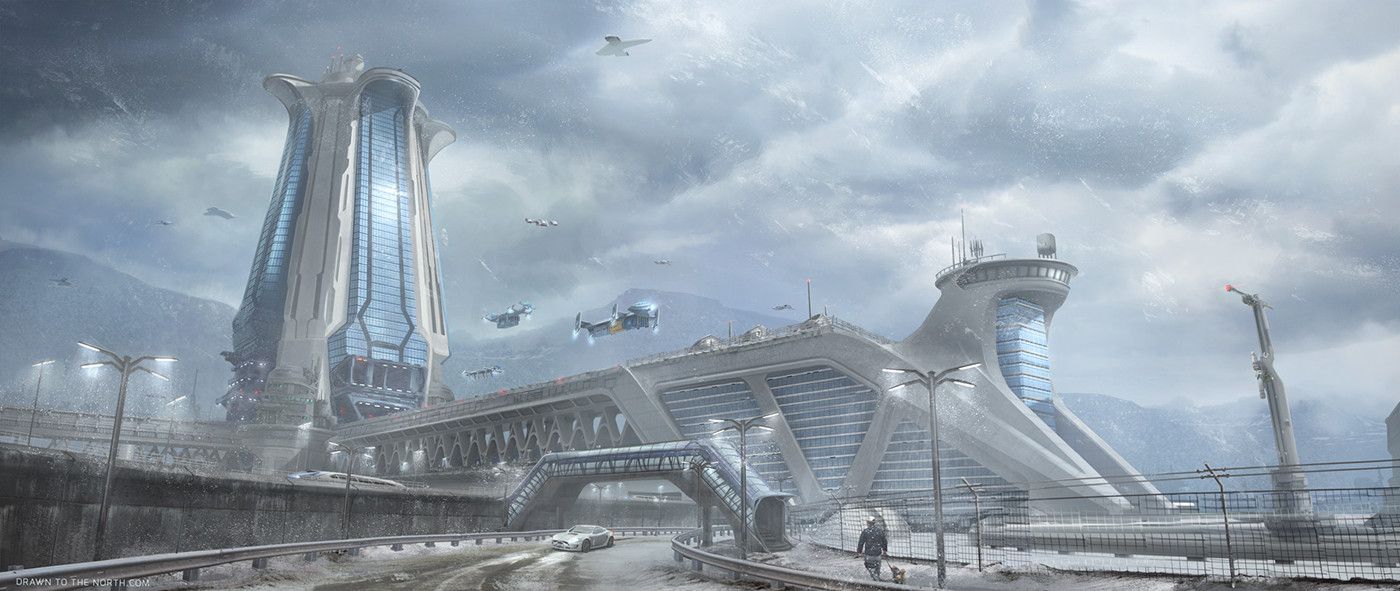
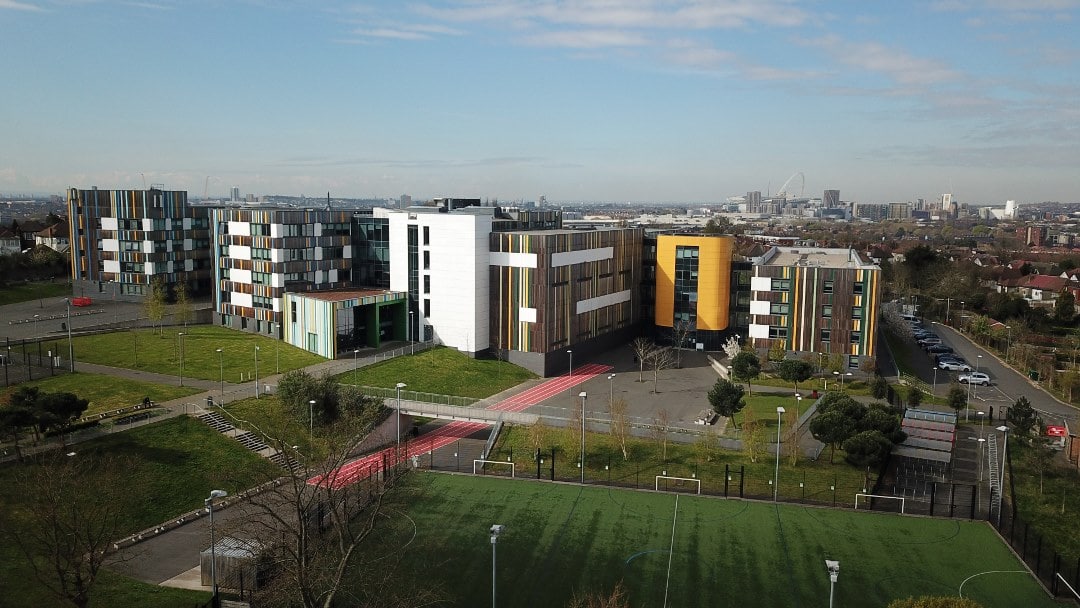
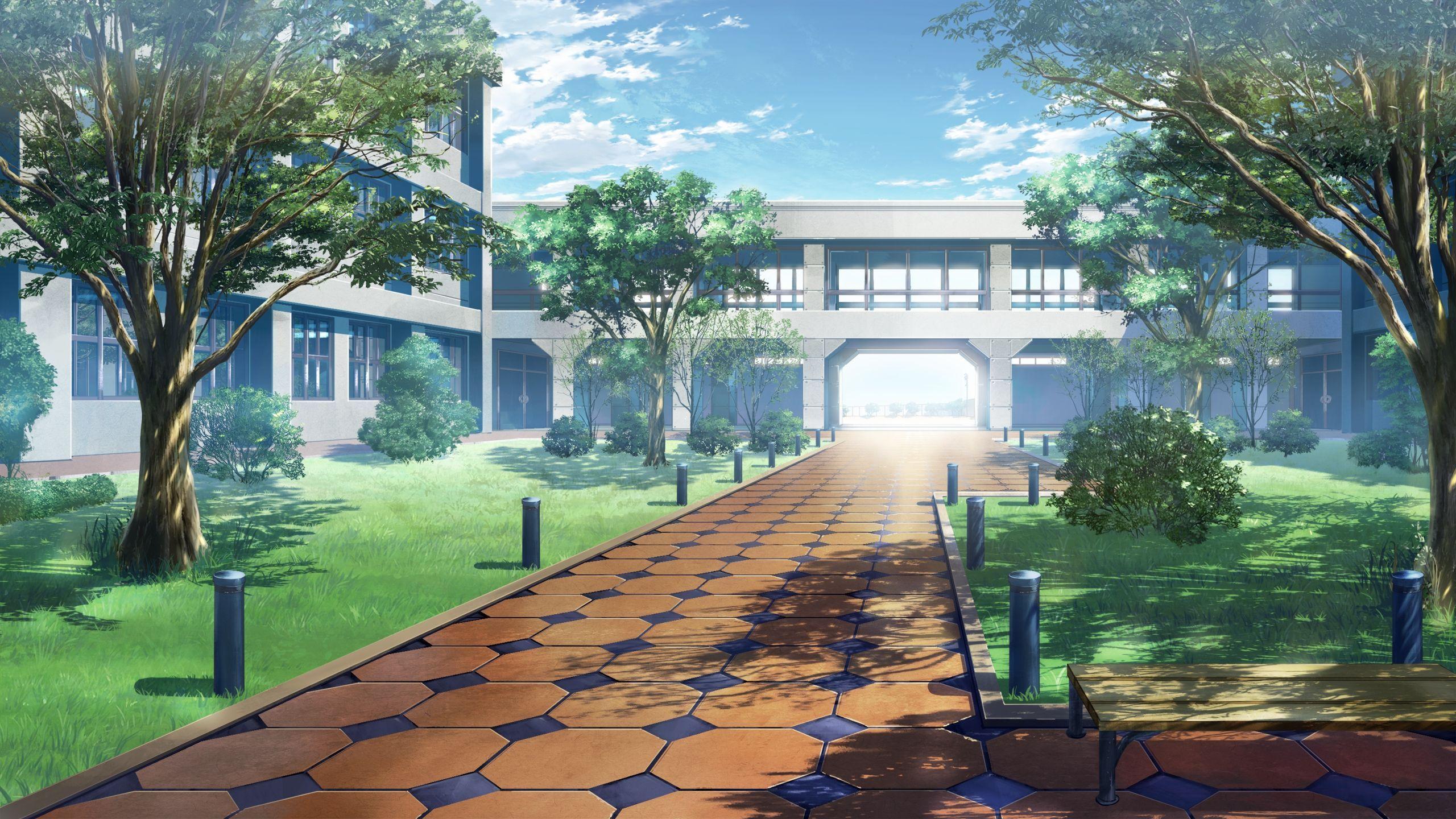

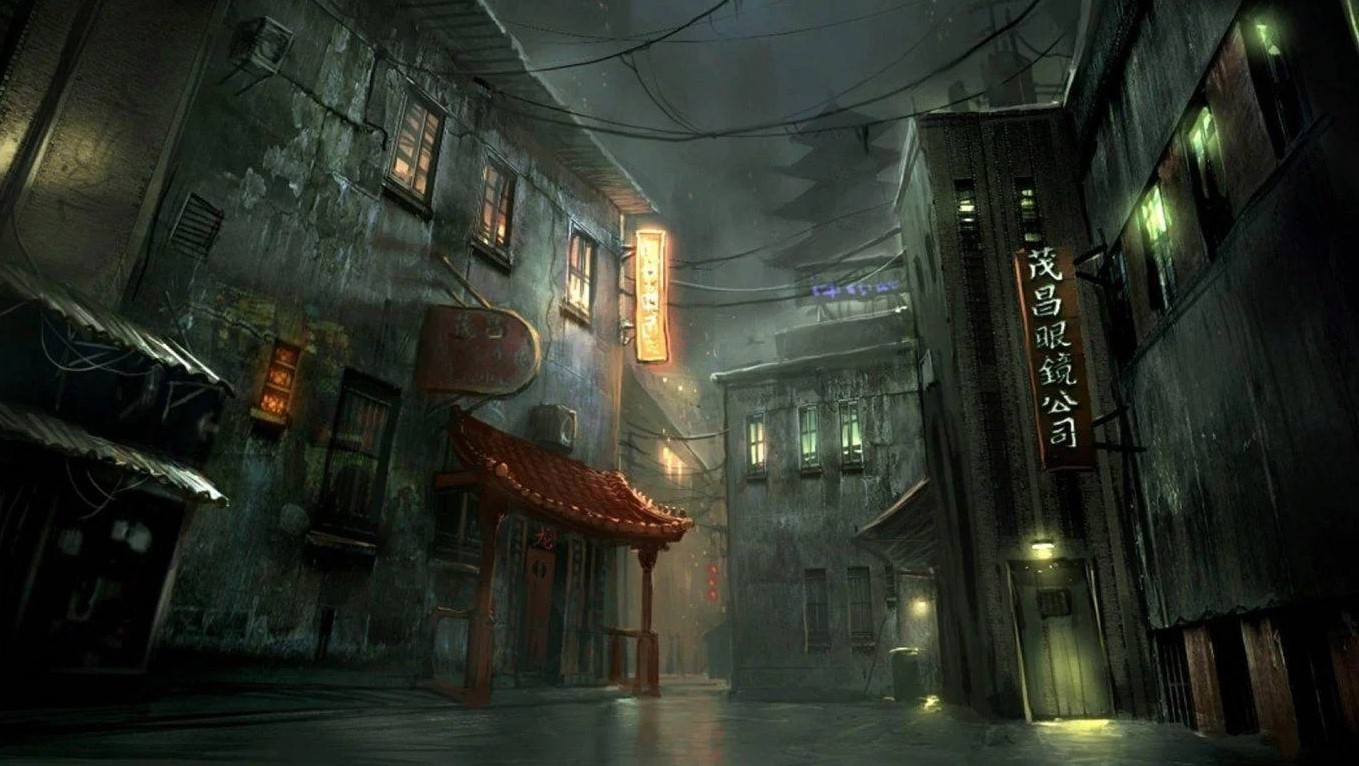
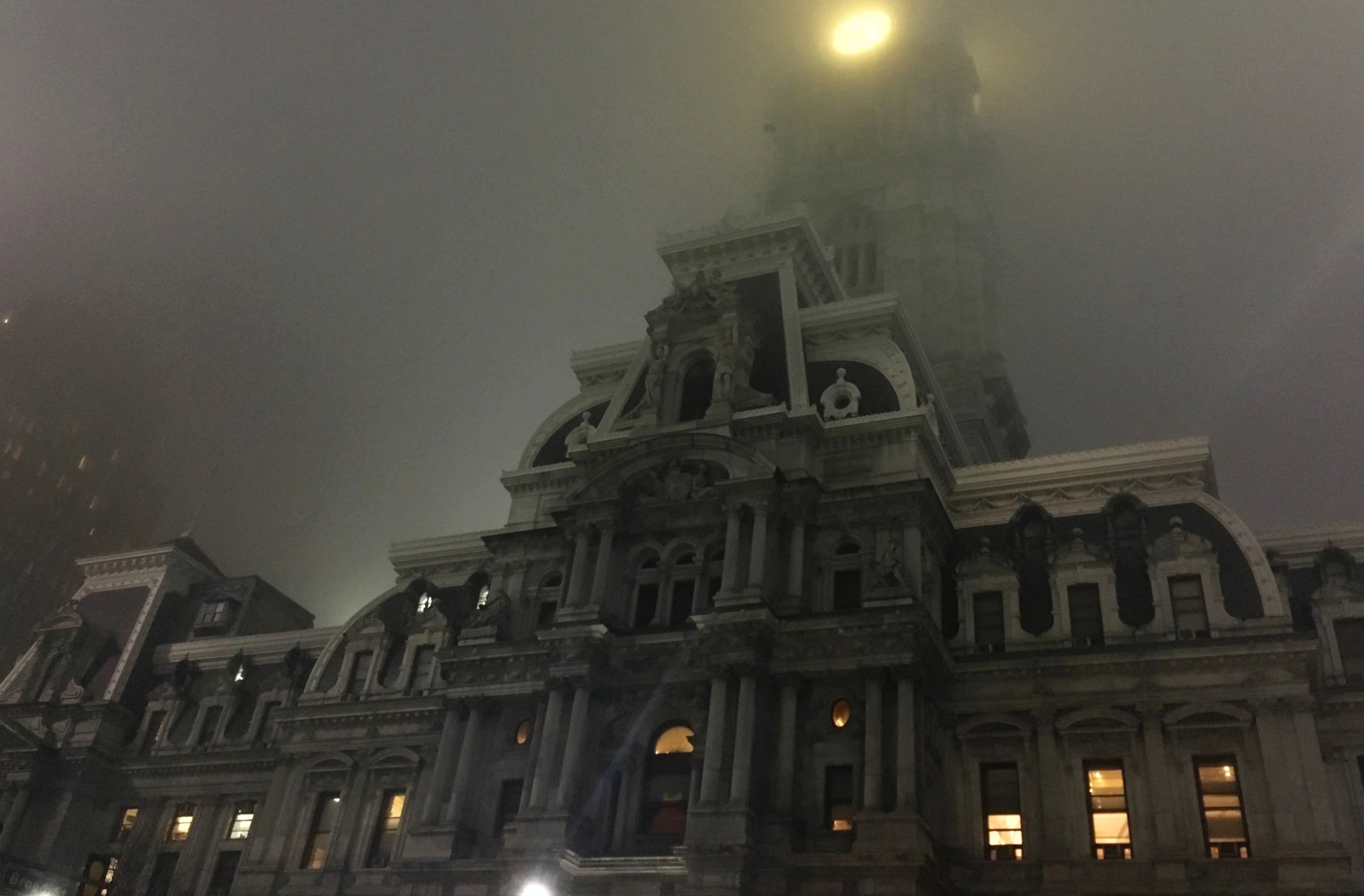
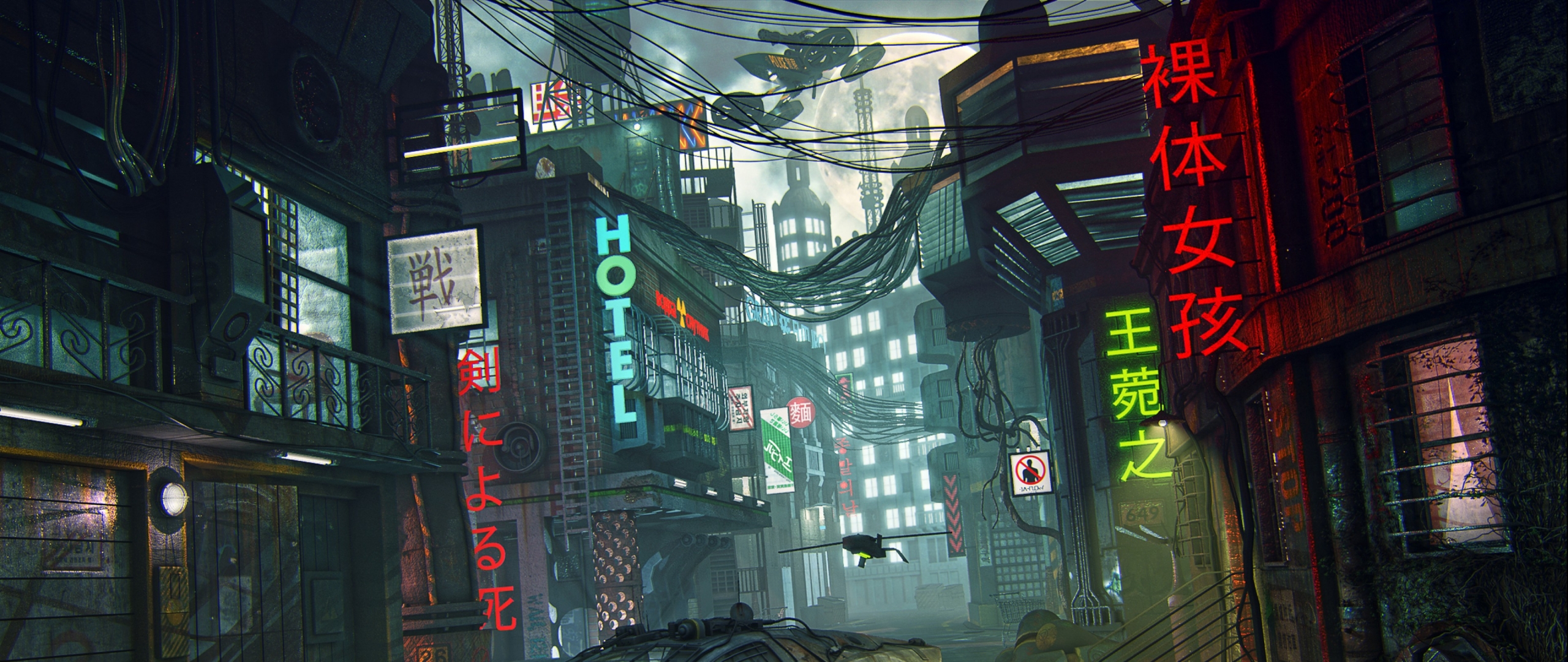


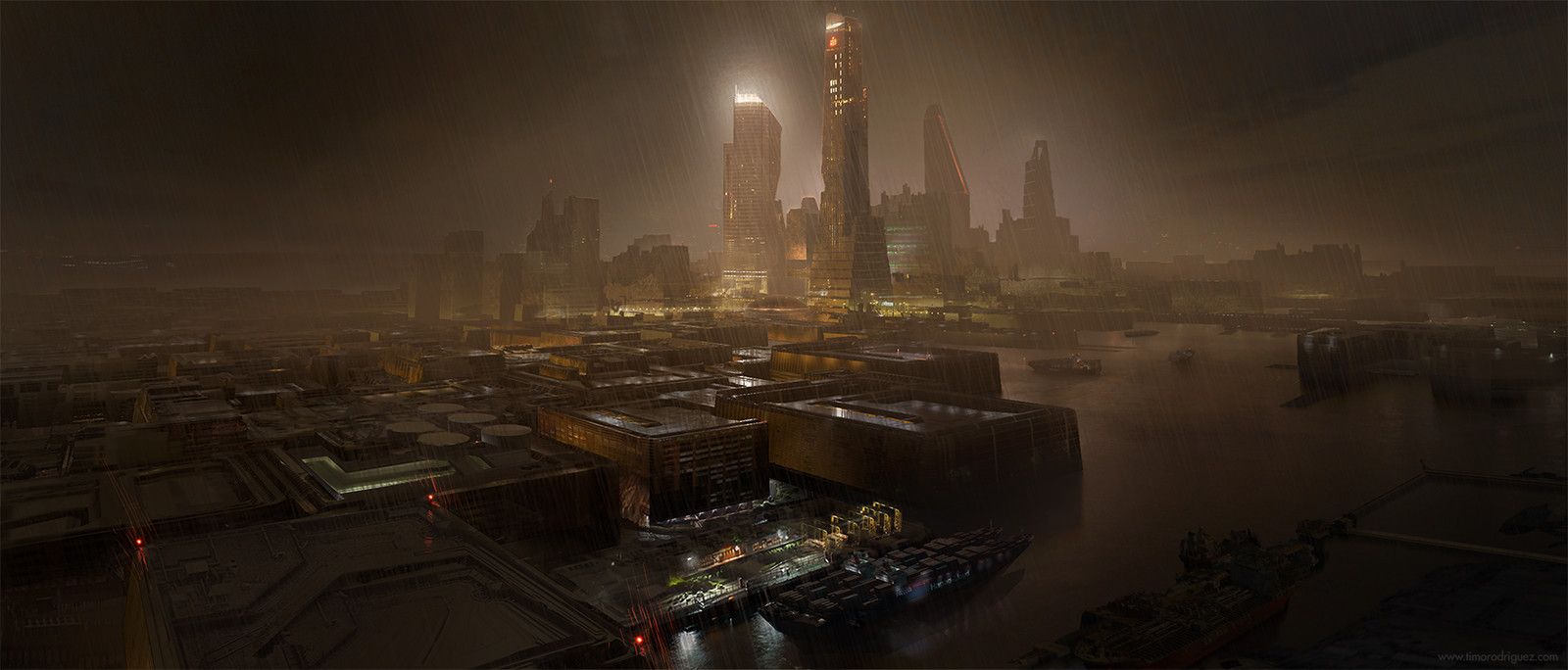
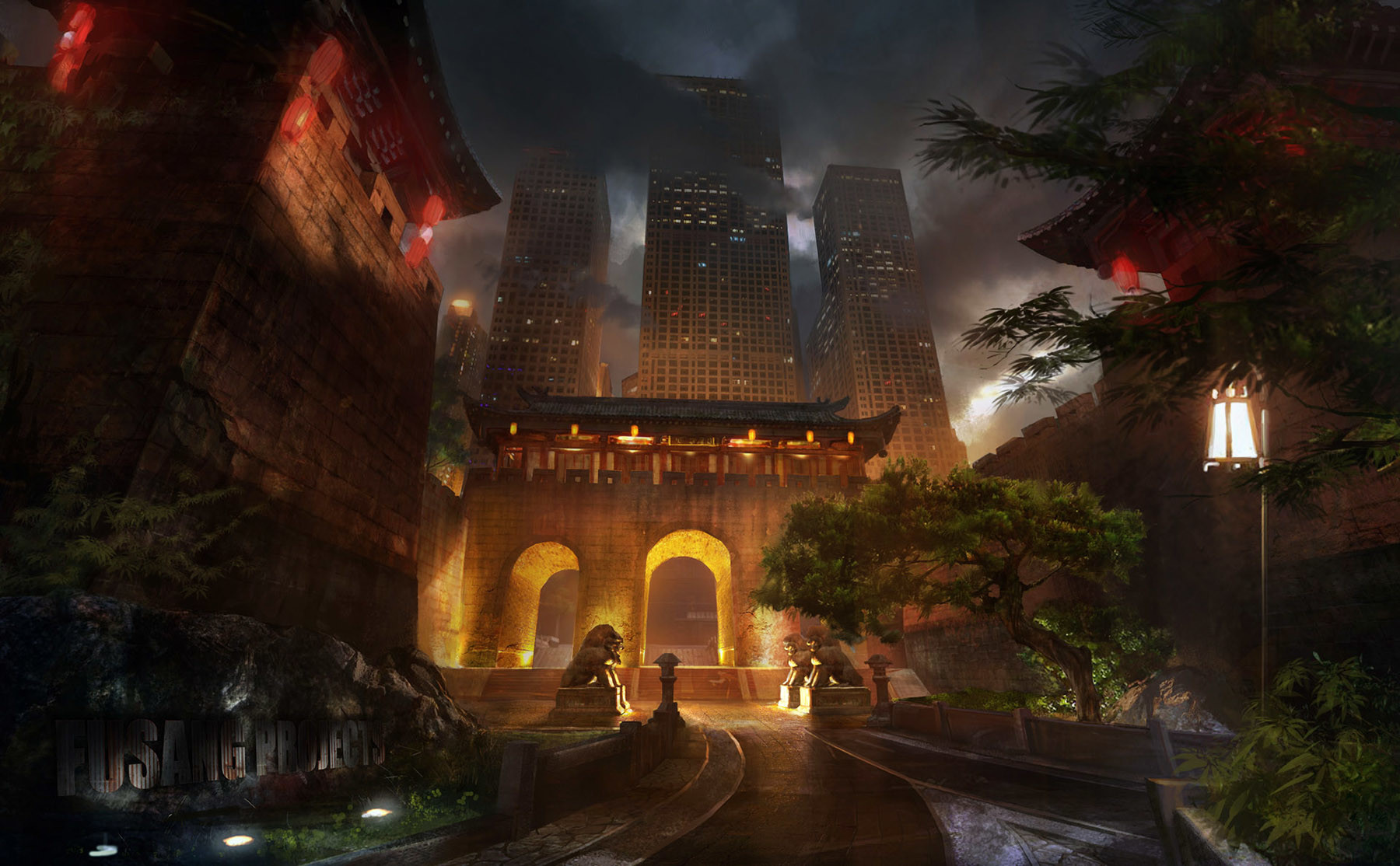



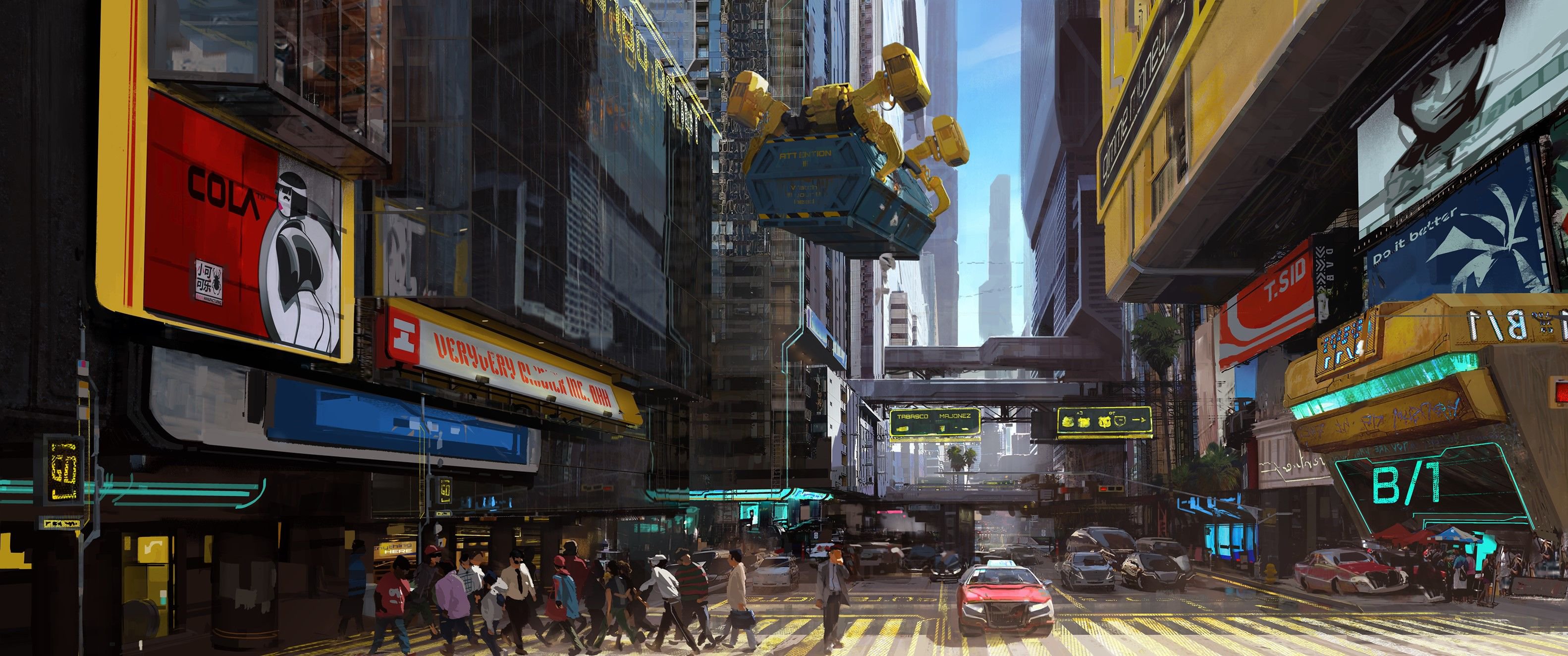
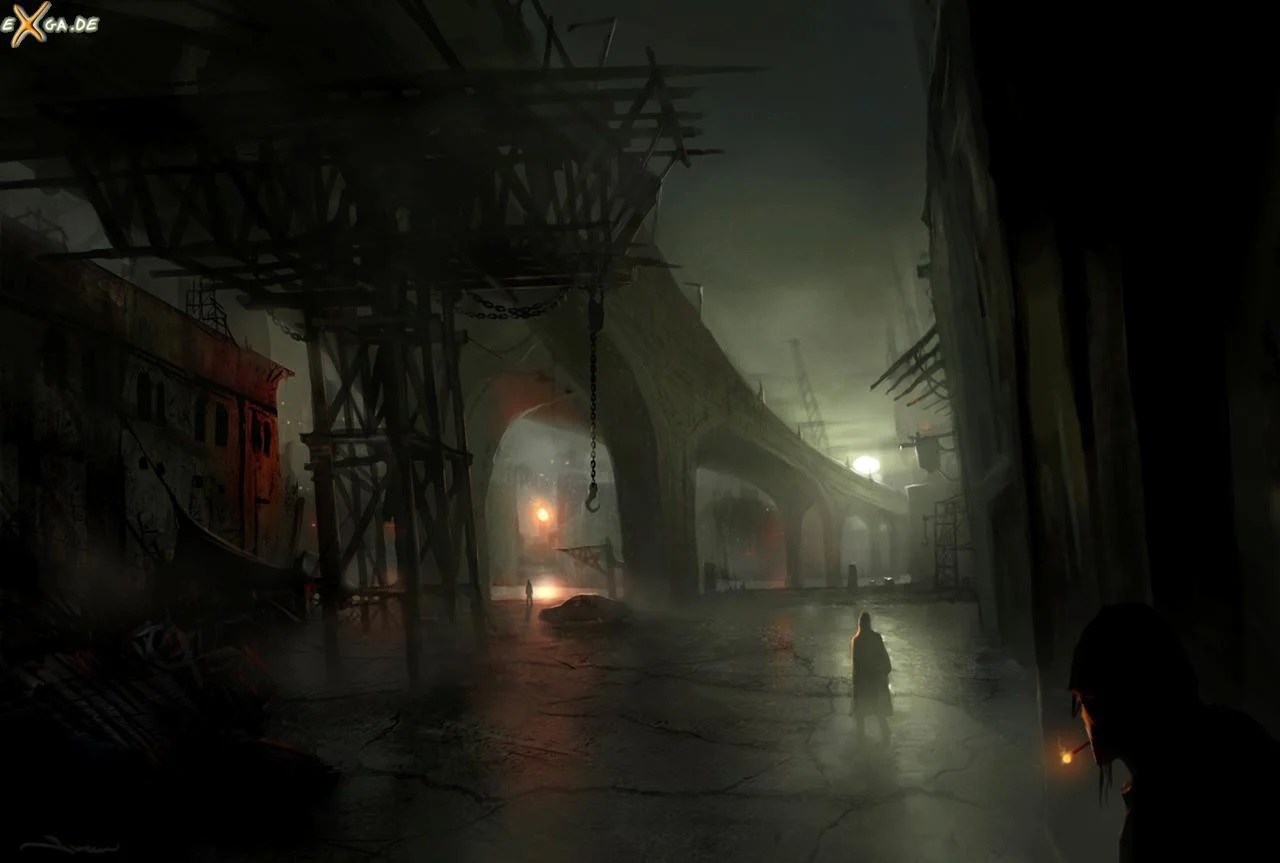
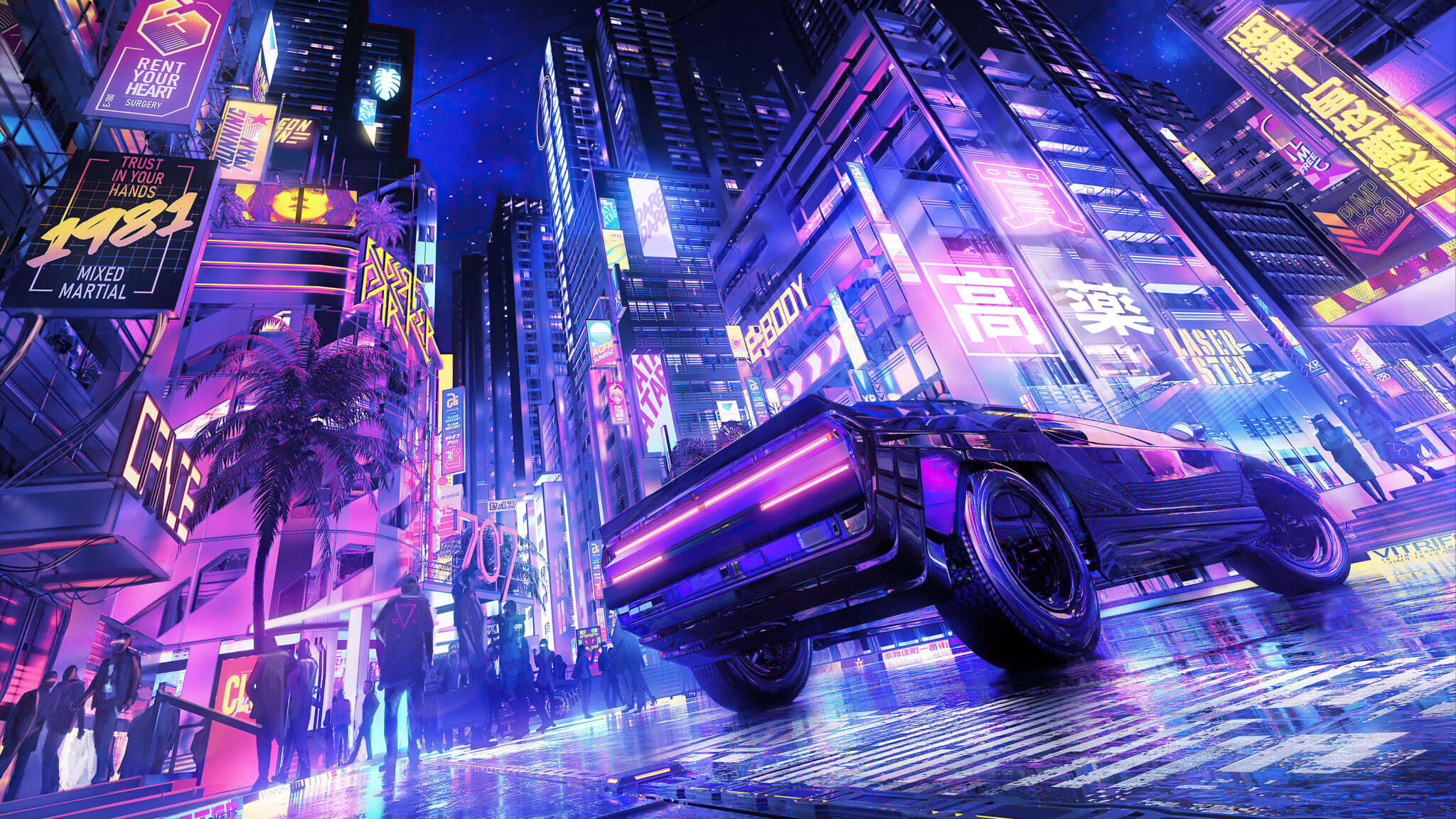
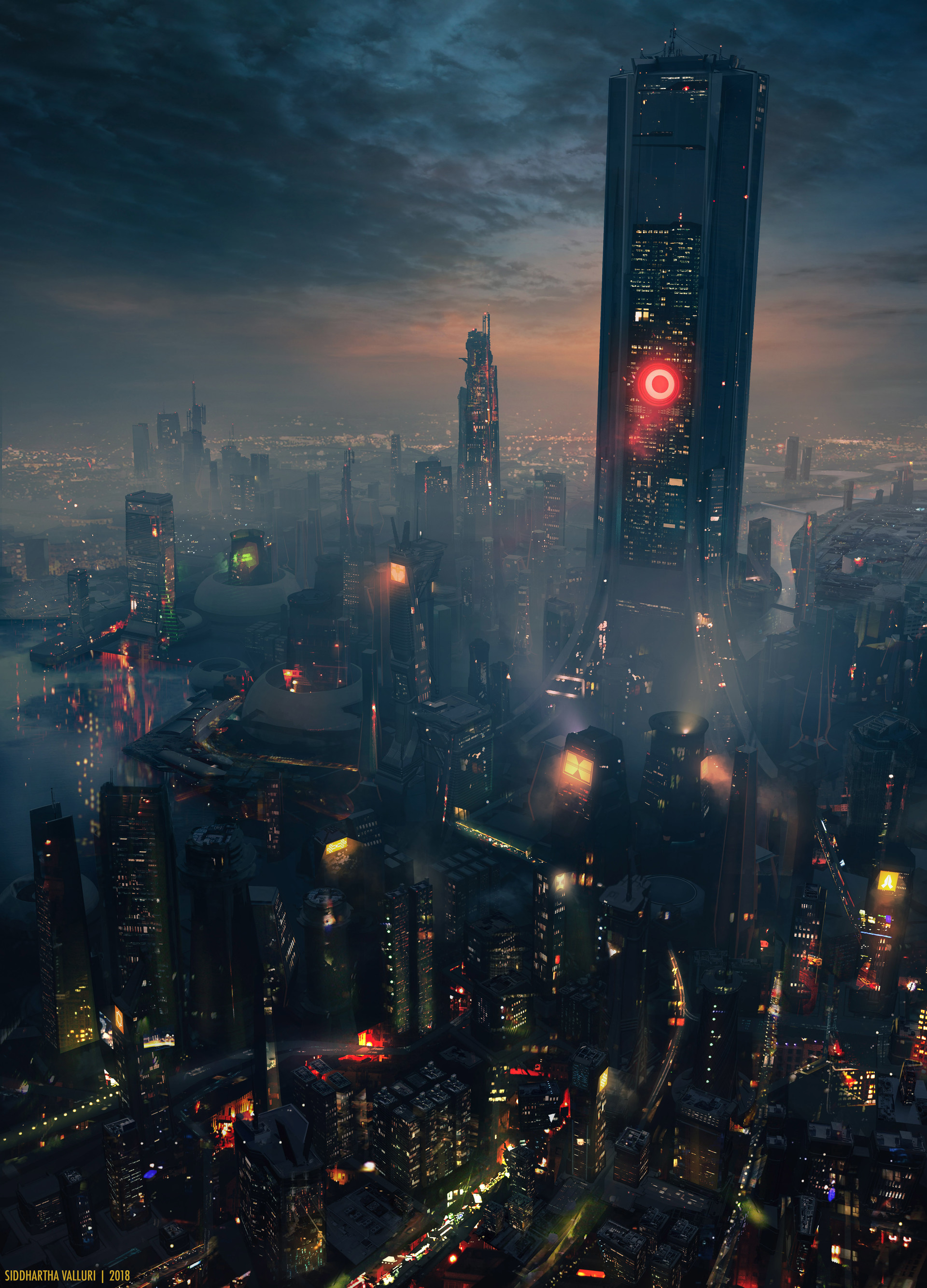

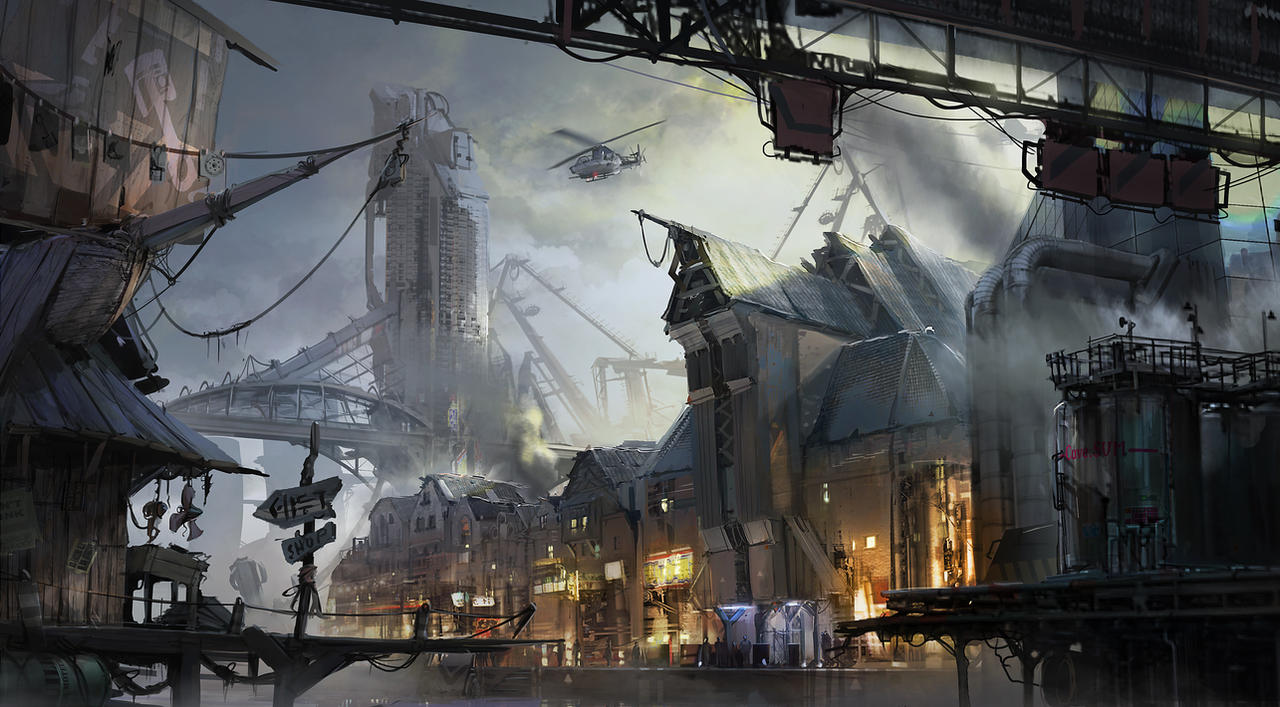

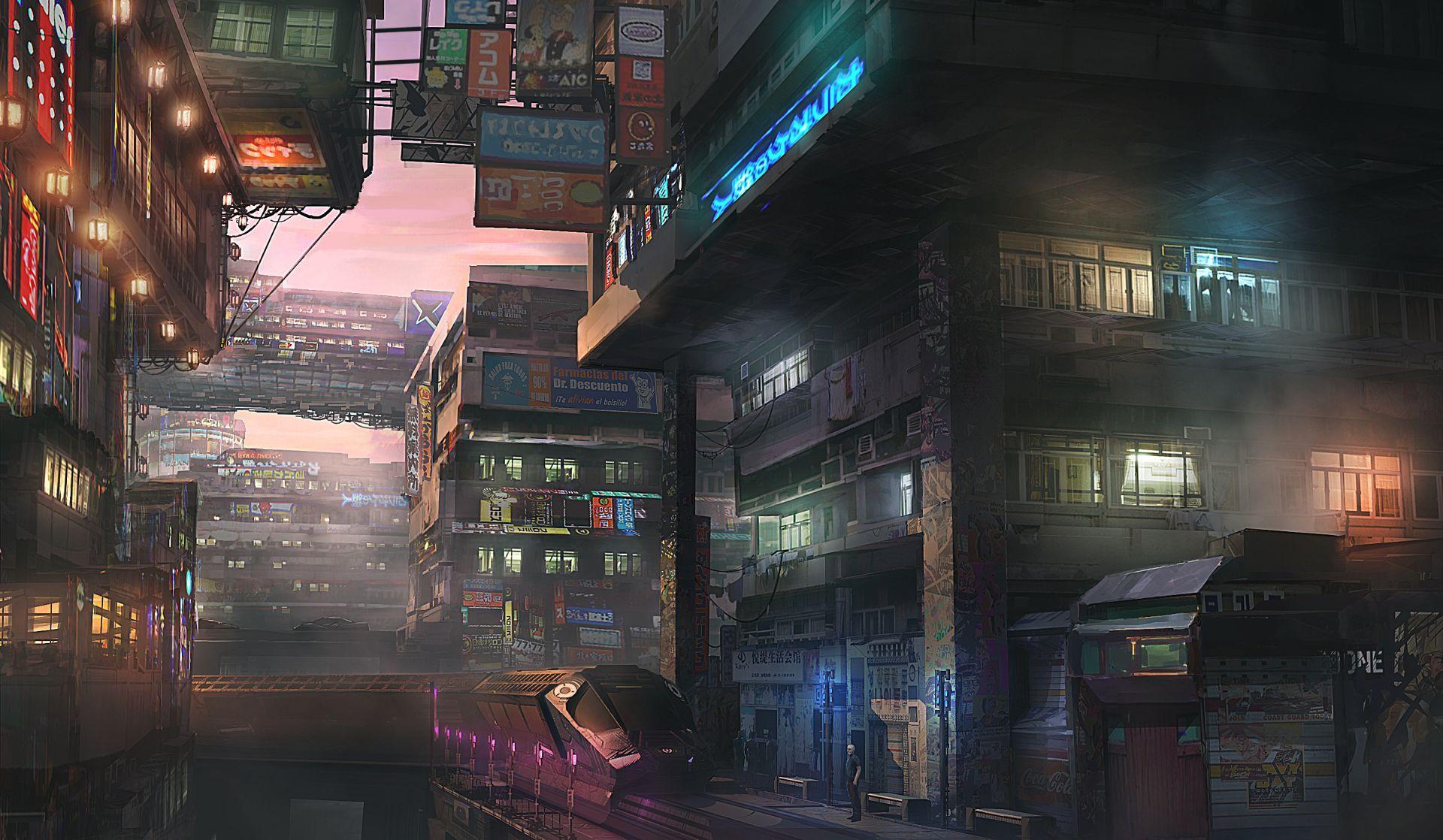
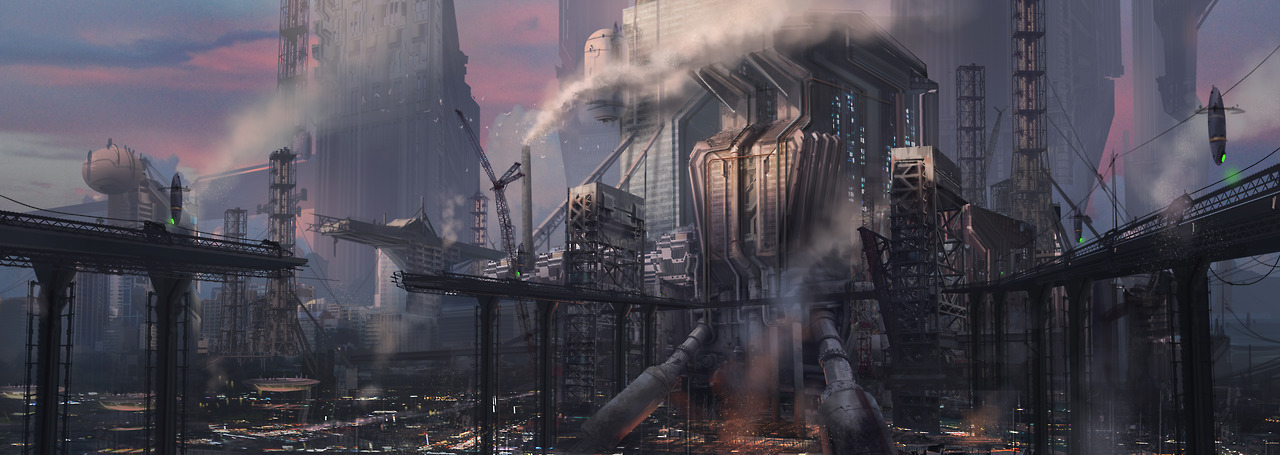
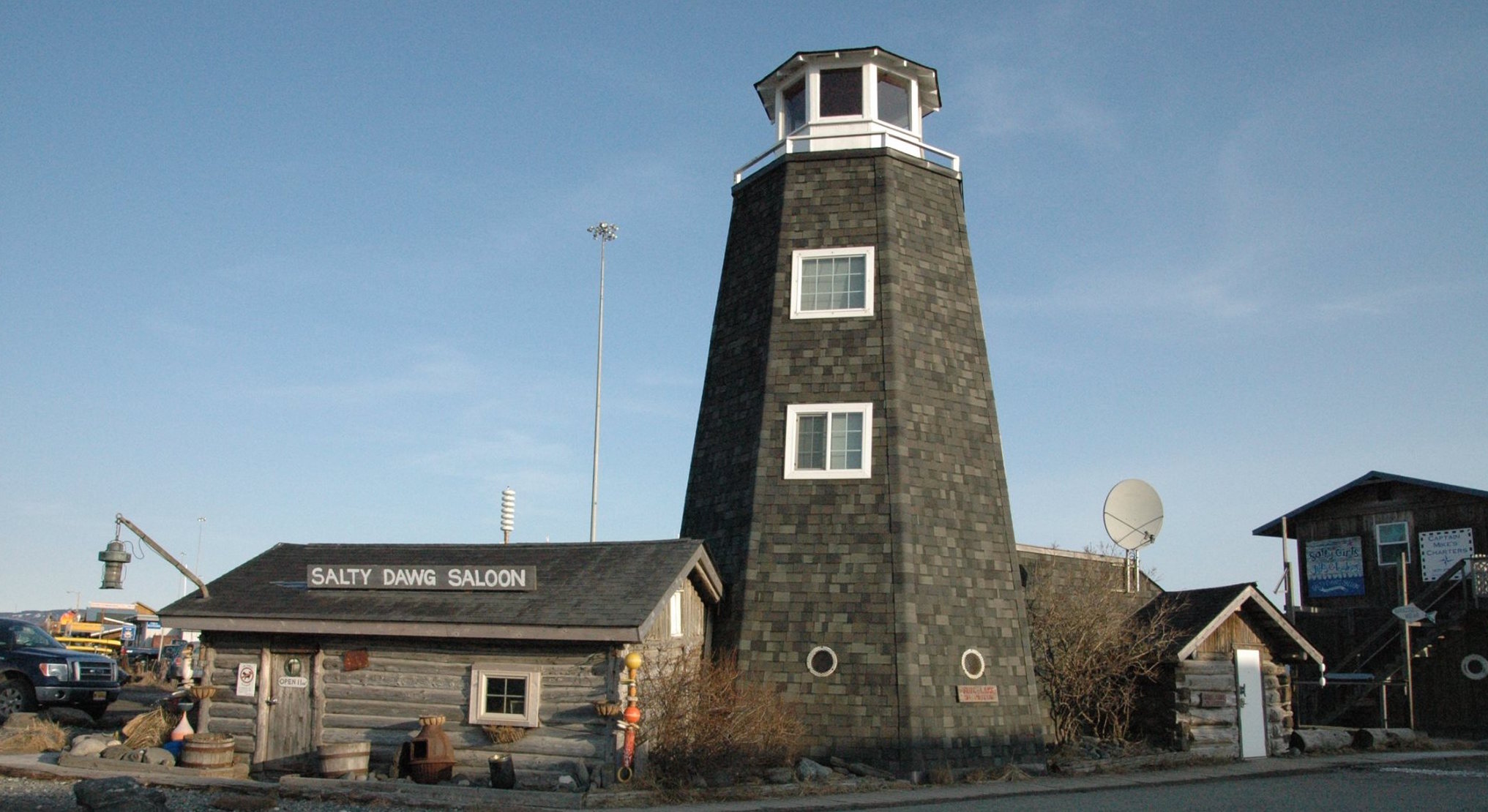
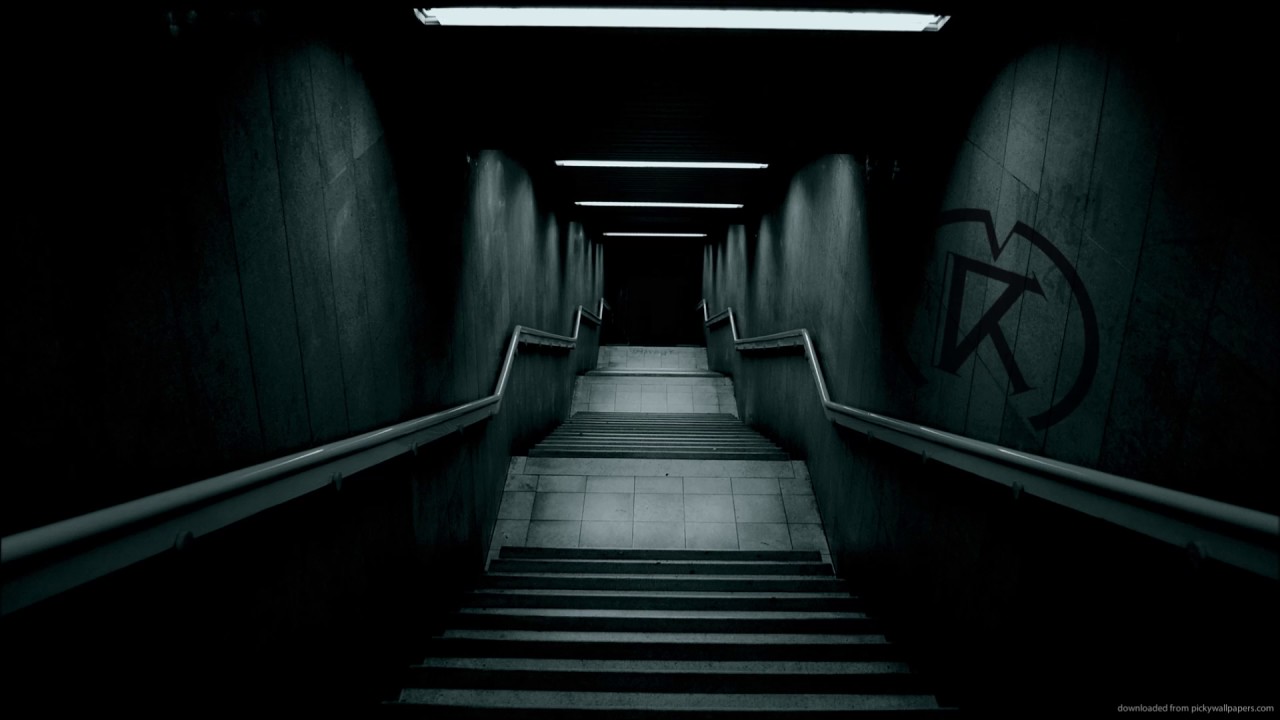



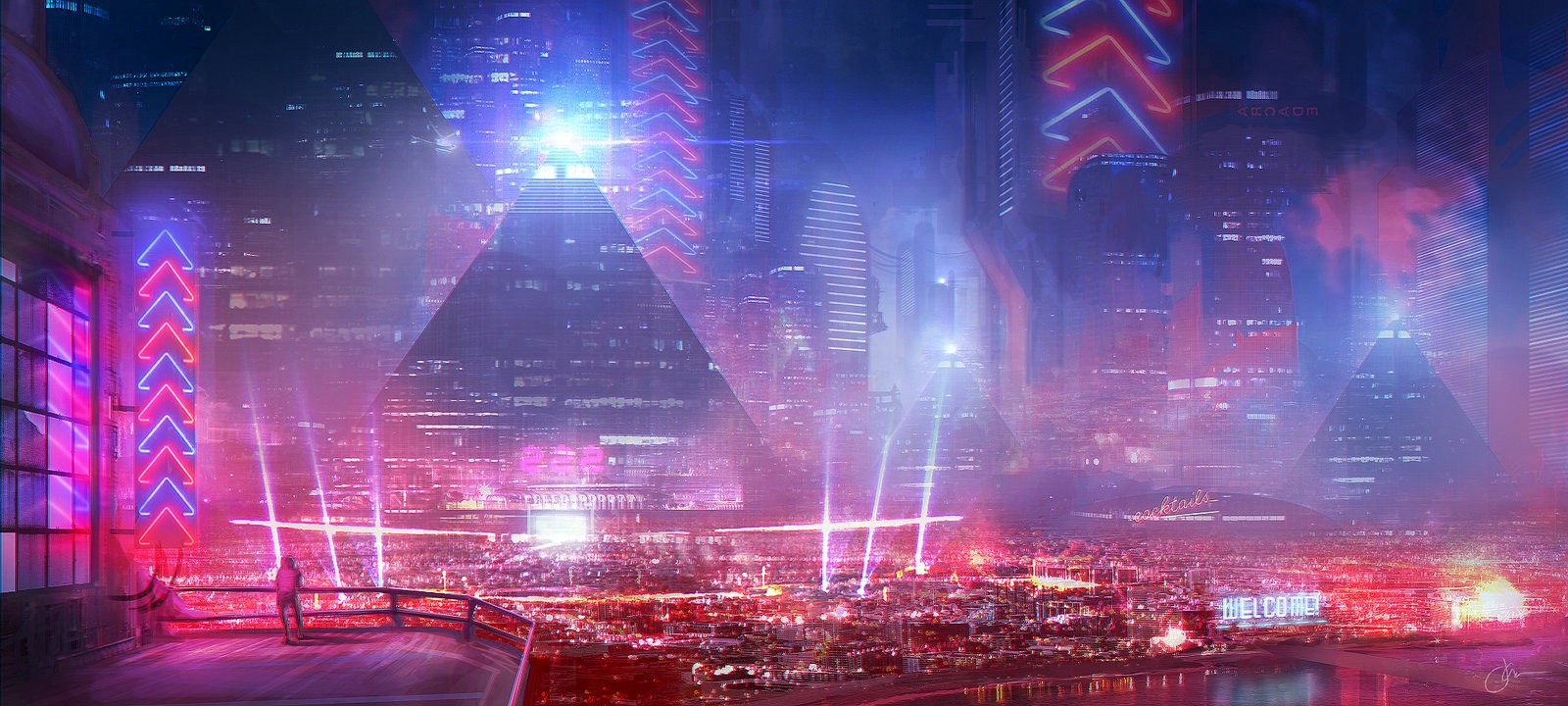
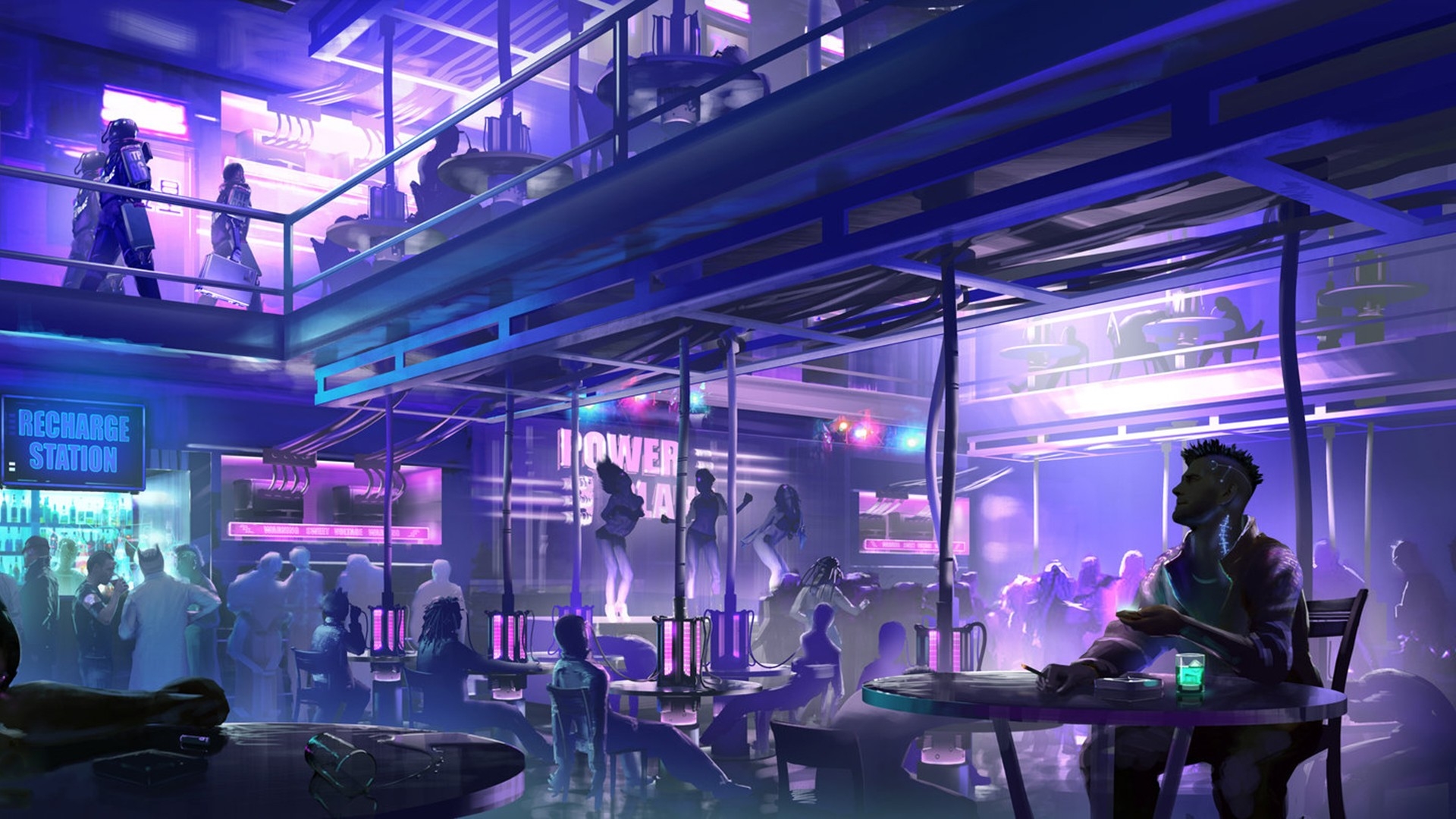
Comments